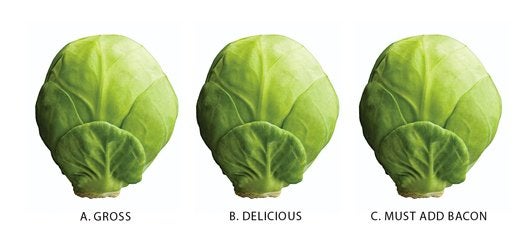FYI: Why Does Some Food Taste Bad To Some People And Good To Others?
People who have a lot of papillae—the bumps on our tongue, most of which house our taste buds—often find flavors...

People who have a lot of papillae—the bumps on our tongue, most of which house our taste buds—often find flavors overwhelming. They’re “supertasters,” and as such they add cream to their coffee and order food mild instead of spicy. Subtasters, on the other hand, have low papillae density and prefer their chicken wings “atomic.”
Individual taste, however, isn’t simply about papillae; it also has to do with our buds’ ability to detect different molecules. Although our brains can recognize the same five tastes—bitter, sweet, salty, sour and umami (savory)—the suite of chemicals that can trigger those signals varies from one person to the next. Alexander Bachmanov, a geneticist at Monell Chemical Senses Center in Philadelphia, says that humans carry a range of 20 to 40 genes dedicated to bitter taste receptors.
Different sensitivities to bitter tastes probably arose from evolutionary pressures in different parts of the world. Most toxic plants taste bitter, and nomadic groups that came into contact with a variety of plants would have, over time, developed a variety of receptors. People from malaria-infested parts of the world tend to carry a gene that makes them less sensitive to some bitter compounds, specifically those that contain cyanide. Researchers speculate that cyanide, ingested at low levels, fights malarial parasites while leaving the host unscathed. Juyun Lim, a sensory scientist in Oregon State University’s Department of Food Science, says that we have a natural aversion to bitterness and certain odors: “Most people don’t like beer the first time they try it.”
ARE YOU A SUPERTASTER?
To find out, put blue food coloring on your tongue. Blue dye doesn’t stick to taste papillae, so if your tongue doesn’t get very blue, you’re probably a supertaster. The bluer it gets, the greater the chance you are a subtaster. More hot sauce!
Have a burning science question you’d like to see answered in our FYI section? Email it to fyi@popsci.com.